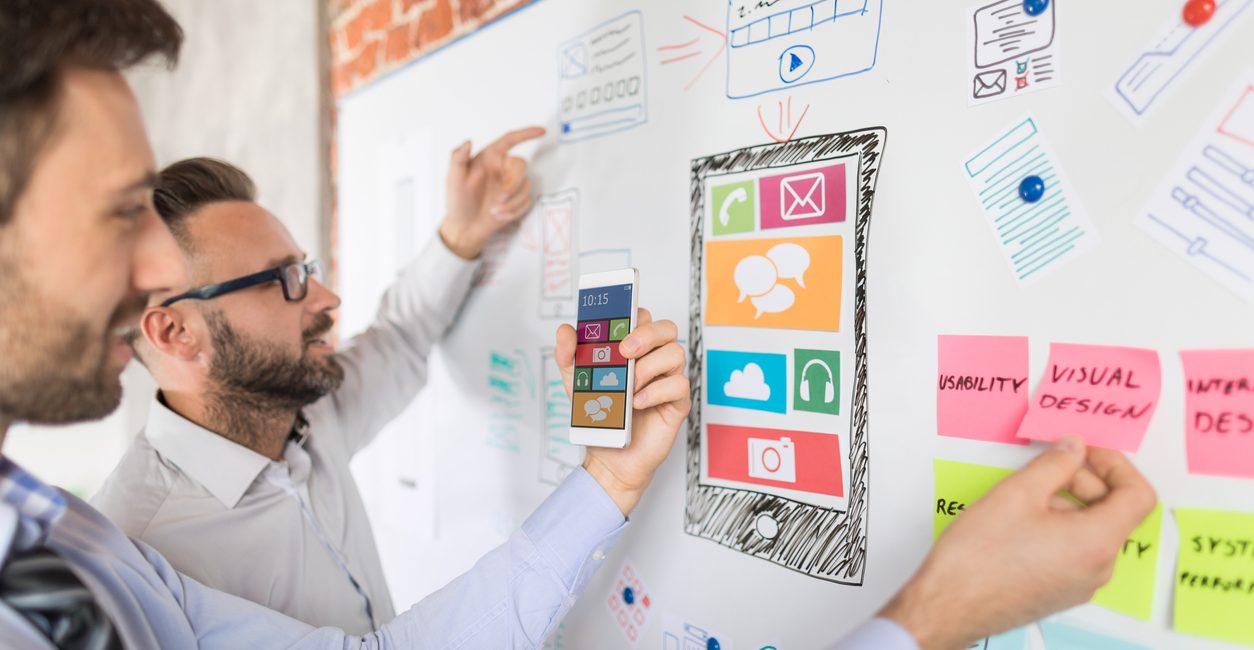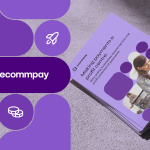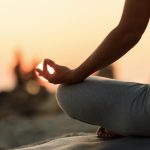
Functional design vs Aesthetic design
In practice, functional design always defeats aesthetic design. A web resource with good UX and bad visual design always surpasses, from the marketing point of view, a digital product with a magnificent “look and feel”, but which “rewards” the user with a negative interactive experience.
“Design is not just what it looks like and feels like. Design is how it works.” -Steve Jobs.
Halo effect
However, this does not mean that visual design is not important to user experience. It has the same impact on the complete experience as actual usability. This fact is confirmed by Don Norman, in his book, where he describes research in which he discovered that “the degree of a system’s aesthetics affected the post-use perceptions of both aesthetics and usability, whereas the degree of actual usability had no such effect.”
The visual design is essential for a variety of reasons. This is the first thing visitors to a website encounters; this is the first impression of the product. You have only 50 milliseconds to convince the user that your product is worth it, researchers say. Reports revealed that users decide whether to trust the authority of the site, based more on its visual design than on its content.
In philosophical science, there is a branch that studies aesthetics. In particular, they explore what social psychologists call the “halo effect“, which occurs when people believe that beautiful people have other positive qualities. For product design or user interfaces, this is also true. When they have a pleasant visual “aesthetic” appearance – they are perceived to be more valuable and of better quality.
After all, it’s far more than merely making things pretty. The visual design can even increase brand trust using visual cues.
Visual branding
People are visual creatures and the internet is a visual environment. Visual branding – the use of colour and white space, visual hierarchy, and typography are intangible parts of “user experience”. If these tips do not help the visitor to interact with the site correctly, then they most likely will not become customers. All elements of visual design play a unique role in the overall scheme of a good UX. When the designers understand how each of these elements affects UX, they can create an engaging experience and improve the level of conversions in their organisation. A simple change in seemingly insignificant attributes of visual elements – be it size or location – can lead to the utterly opposite user experience.
Thus, we can represent visual design as a balance between graphic design and UX design. User experience design includes interaction design and UI design, focusing on communication. So, visual design, including images and visuals with the aim of enhancing dialog with customers and usability, is situated right in the middle.
Takeaways
Even minor changes in the visual design can lead to a much better UX. The designers’ decisions affect the conversions and user engagement. Improving the visual prompts and overall attractiveness of the website will not only be a good design solution but also positively impact business. However, it’s important to remember the truth laid out at the beginning of this article – that functional design always defeats aesthetic design. Therefore, we should not get carried away with visuals, but always remember the interests of the user, because even the most beautiful pictures cannot account for bad user experience.
If you are feeling overwhelmed by your website development and need a proactive, practical design then you could always consider employing the assistance of a digital marketing agency. Boasting an expert team of web and SEO experts, a professional digital marketing agency can build a beautiful, user-friendly website with accessibility and navigability in mind.












